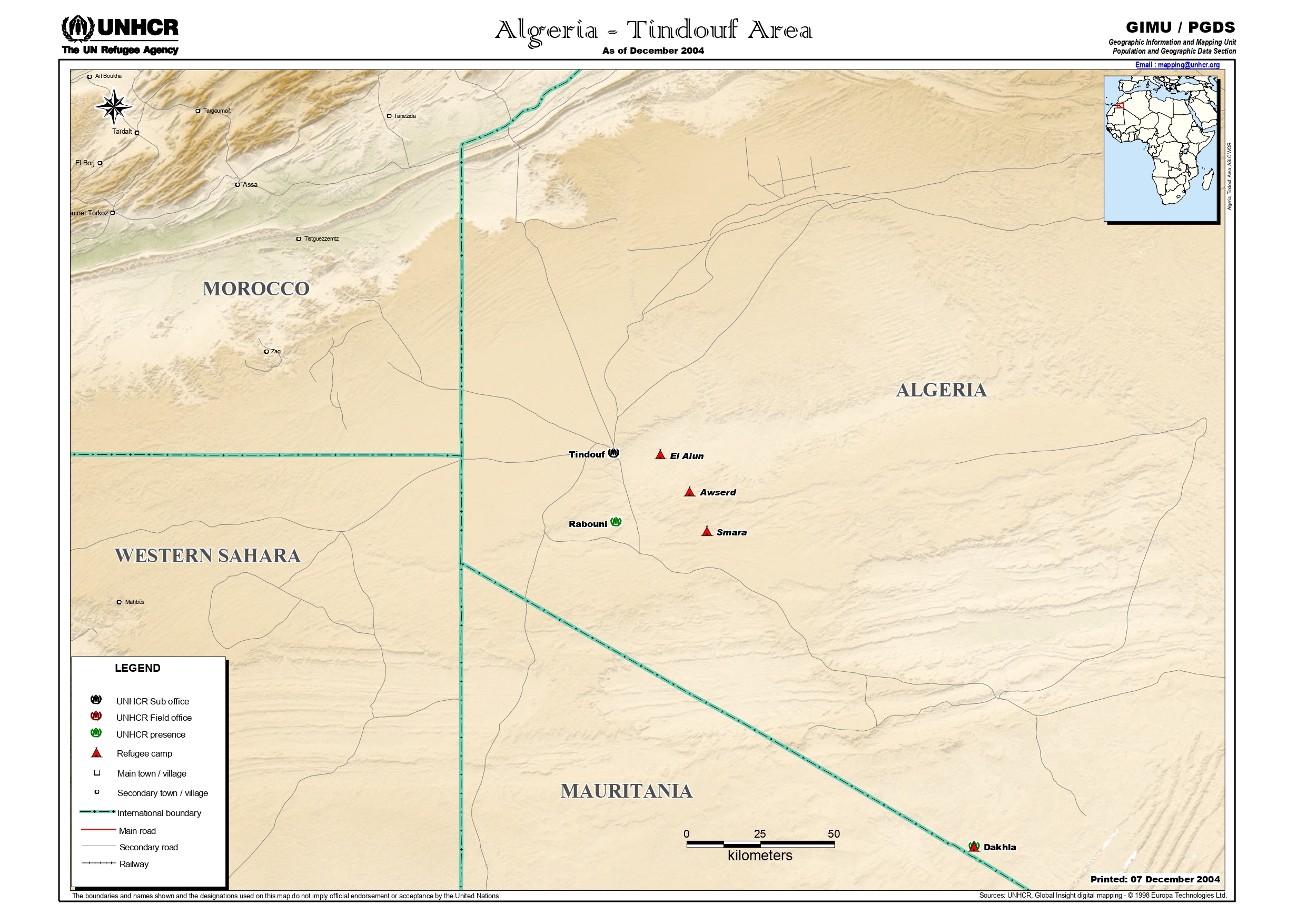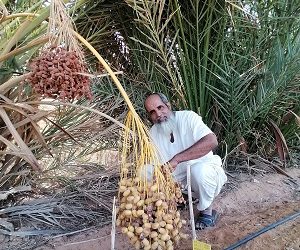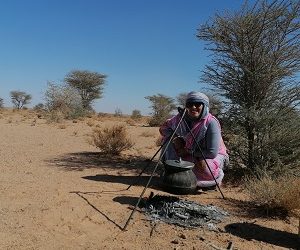
SAHARAWI REFUGEE CAMPS IN TINDOUF, ALGERIA
As part of the commitment of the UPM Platform on Refugees to improving quality of life for refugees, research staff affiliated with the Platform visited the Smara camp, located in Tindouf, Algeria. The aim is to collect preliminary data in order to assess the feasibility of applying NAUTIA in these camps, as well as identify potential lines of action through research.
“Following the Moroccan invasion of Western Sahara between October 1975 and February 1976 (from the north by Morocco, and from the South by Mauritania), those living in the populated city centers, such as Laayoune, Dajla and Smara, were forced to flee amid extremely violent repression. The invasion led to a rapid exodus to desert shelters, such as Guelta, Amgala, Tifariti, Tighissit, Mahbas and Yderia. In turn, the Saharawi population, invaded by the South, managed to reach Um Dreiga, located east of the Western Sahara, where the highest number of victims was recorded after the bombings.”
MARTÍN BERISTAIN AND GONZÁLEZ HIDALGO, 2012
The exodus to which the Saharawi people were subjected marked the beginning of a long journey that, left unresolved, led the population to settle permanently in the Algerian hamada (a barren, rocky desert landscape). 45 years later, the Saharawi people are still there.
The Saharawi refugee camps are located in the desert area of Tindouf, Algeria. Approximately 173,000 Saharawi people live in these camps in five Wilayas (provinces): Smara, Aaiún, Bojador, Dajla and Auserd. Rabunni (another Wilaya) belongs to the administrative camp of the Government of SADR (Saharawi Arab Democratic Republic). Each Wilaya is divided into Dairas (municipalities), and each Daira into neighborhoods.

The Platform decided to apply the NAUTIA methodology in the Wilaya of Smara. Smara is one of the most highly populated camps, with approximately 50,700 inhabitants spread out over seven neighborhoods (Mahbas, Farsia, Jadria, Tifariti, Mahriz and Hauza). The Saharawi people were originally a nomadic community, but because of their exile, they have had to settle permanently in the camps through a political-administrative organization. Similarly, in each household, every member has a unique and important role. Typically, although not a general rule, men are responsible for the family’s livelihood and women are responsible for caring for the household and children.

The social integration of the refugee community in the host country of Algeria is limited and complex, due to various political and socio-economic issues. Moreover, the complicated geographic location of these camps is another factor that has prevented the integration of the Saharawi community with its host community. This has forced them to adapt to extreme environmental conditions, with temperatures ranging from 0-5°C in winter to 45-60°C in summer. On the other hand, harsh living conditions have not prevented the population from taking action to improve their situation. With international support, Saharawi men and women have built organic and hydroponic urban gardens, public libraries to teach Spanish “Bubisher“, vocational training centers, and an Agricultural Training and Experimental Center (CEFA).




